The gaze is soon captured, on the second floor of the exhibition, by a magnificent lagoon view, by the "bright and festive colours" painted with “macchia” technique, an oil on cardboard by Guglielmo Ciardi (Venice 1842-1917), famous progenitor of a family of artists who also saw his sons Beppe and Emma active, entitled “Laguna a San Giorgio” and dated to around 1895. The seventeenth-century frame that contains the painting is no less precious.
We therefore enter the room dedicated to the artists of the Venetian school: landscape painters active between the 19th and 20th centuries, in whose brushes the compositional methods, the atmospheres of the Venetian landscapes of the 18th-century tradition between Canaletto and Bellotto remain entangled - as revealed by the magnificent and grandiose impression of Pietro Fragiacomo, dated 1909, of a Piazza San Marco heavy with liquid humidity - and genre painters of the strength of Giacomo Favretto, Alessandro Milesi, Lino Selvatico and Ettore Tito.
To Favretto (Venice 1849-1887), authentic school leader with his refined atelier in Venice, who unfortunately died young, belong two works that illustrate well, both the modernity of the artist regarding the international research (his training in Paris dates to 1879), and his attention to the everyday Venetian life, between domestic customs and traditional Carnival events.
Musica in famiglia - painted around 1884-1885, which already belonged to the collection of James Staats Forbes (1823-1904), a famous Scottish railway engineer and important art collector, when it was exhibited in 1899 at the retrospective dedicated to Favretto in the Biennale - documents the meticulous attention of the painter to simple Venetian environments, with a symphony of complementary colours that guide the eye in exploring the canvas in all its delicious details. The second work, Al ponte di Rialto, signed and dated 1886 on the back of the canvas (the signature on the front is false), proposes the theme of the famous Venetian Carnival. The large sketch, with figures in costume in the foreground, belonged to the Brasilian collection of the well-known Italian-Argentine financier Lorenzo Pellerano, who perhaps bought it in 1909 at the fifth exhibition organized by Stefani in Buenos Aires; the painting is striking for the velvety intensity of blacks and the strength of the red and yellow touches typical of Favretti's palette.
Alessandro Milesi (Venice 1865-1945) is documented with two works of great quality: the first is Sospiri dated 1910, one of the series of a successful subject exhibited at the Venice Biennale in 1899. With vibrant brushstrokes stirred by a wind of drama, it narrates the pain of the family of a prisoner, locked up in the New Prison, between the Ponte della Paglia, where the artist paints the three figures, and the Ponte dei Sospiri. The second work is entitled Al Caffè, a superb fashionable portrait, playing with a fine chromatic strategy - light and dark tones embellished with touches of bright colours - to enhance the young woman's face. Awarded a gold medal at the Boston exhibition in 1890, the painting reflects the ancient custom for Venetian ladies to attend the cafes of the lagoon on their own; and, at the same time, with the inclusion of the newspaper, the "Gazzettino di Venezia", spread on the elegant lady’s knees, it projects the female world into a dimension external to the walls of the home.
Lino Selvatico, another fine interpreter of the Venetian fin-de-siècle society, very close to the style of Ettore Tito, is the author of Nina e Ninetto, ritratto femminile con cane, presented at the Exhibition of Fine Arts in Milan in 1906 and undoubtedly included by Stefani in his last Argentine exhibition of 1914; and Signora con Bambino, a work dated 1923, one of the painter's last, with the hazy and most vibrant pictorial material, dedicated to the portrait of his wife Francesca and son Riccardo.
The Frugone dedicated an intense attention to Ettore Tito, a prominent figure of great success in the Venetian context of the early 20th century, a skilful portraitist of the international jet set who gathered in the Venetian lounges, as well as a painter of frescoes considered as a sort of modern Tiepolo for its technical virtuosity. The two collectors were certainly solicited also by Stefani, friend of the artist and his dedicated dealer. The civic Raccolte Frugone brought together 13 works by Tito, many of which are exhibited; still others remained to the heirs of the two brothers. In addition to L’Amazzone al Bois de Boulogne, displayed in the museum's atrium, there is the compelling scene of Pagine d’amore o la lettura - young embroiderers from the island of Burano who share a reading in a break from their work – one of the artists chromatic and formal masterpieces, dated 1907 and exhibited at the Venetian Biennale of 1909 as belonging to Stefani: a work influenced by the ambient brightness of the painting by the Valencian Joaquín Sorolla y Bastida (of which it is possible to admire two splendid examples on the top floor of Villa Grimaldi Fassio). Particularly influenced by Sorolla are other works by Tito such as Laguna, with an evident photographic style, made in 1910, exhibited in 1911 in Buenos Aires by Stefani, and then, still owned by the artist, presented at the Venice Biennials of 1912 and 1914; Toro bianco, oil from about 1920-1922 and Alla cavezza a large canvas exhibited at the 1922 Biennale. The latter two were purchased by Luigi Frugone at the "magnificent" studio of Tito, in Venice, where the collector had been led by Stefani in June 1924.
San Marco Square
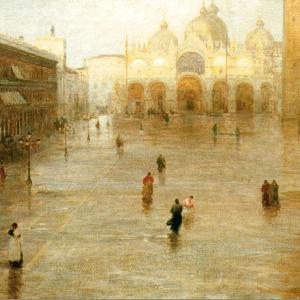
San Marco Square

San Marco Square

San Marco Square

Lagoon in S. Giorgio (1887)
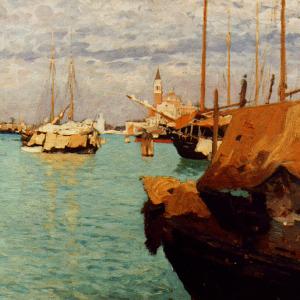
Lagoon in S. Giorgio (1887)

Lagoon in S. Giorgio (1887)

Lagoon in S. Giorgio (1887)

Lagoon (1910)
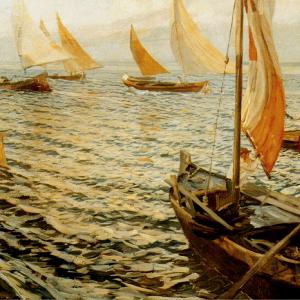
Lagoon (1910)

Lagoon (1910)

Lagoon (1910)

The love letter (1907)
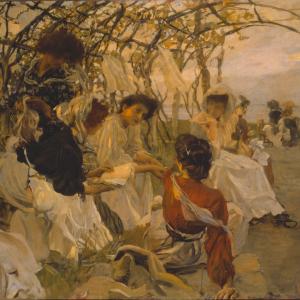
The love letter (1907)

The love letter (1907)

The love letter (1907)

Café. Reading the newspaper.
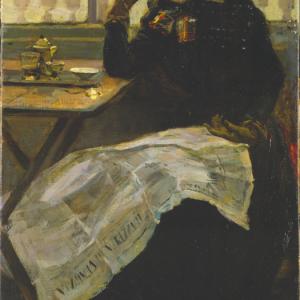
Café. Reading the newspaper.

Café. Reading the newspaper.

Café. Reading the newspaper.

At the Rialto Bridge
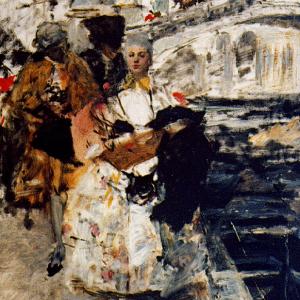
At the Rialto Bridge

At the Rialto Bridge

At the Rialto Bridge

Music in the family
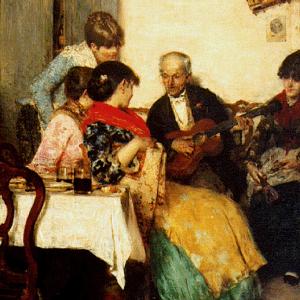
Music in the family

Music in the family

Music in the family

The Amazon at the Bois de Boulogne
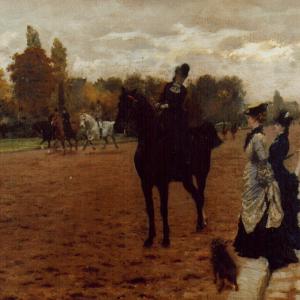
The Amazon at the Bois de Boulogne

The Amazon at the Bois de Boulogne

The Amazon at the Bois de Boulogne

Nina and Ninetto. Female portrait with dog
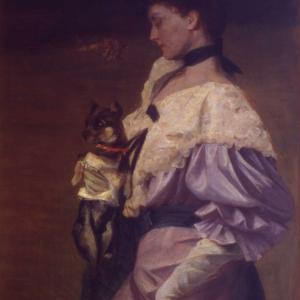
Nina and Ninetto. Female portrait with dog

Nina and Ninetto. Female portrait with dog

Nina and Ninetto. Female portrait with dog

Bricole
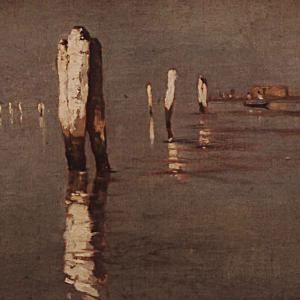
Bricole

Bricole

Bricole

Bridge of Sighs
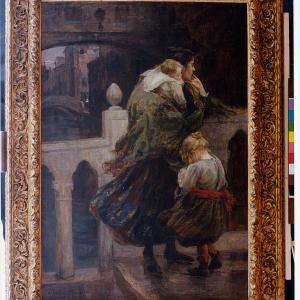
Bridge of Sighs

Bridge of Sighs

Bridge of Sighs





